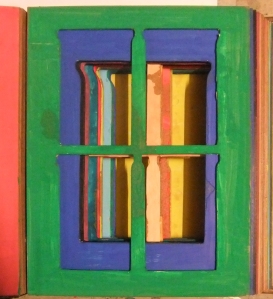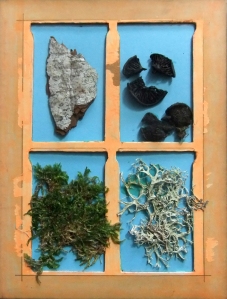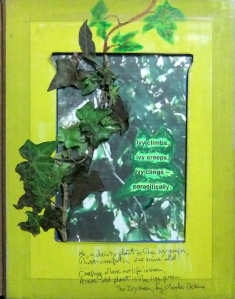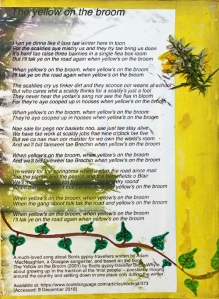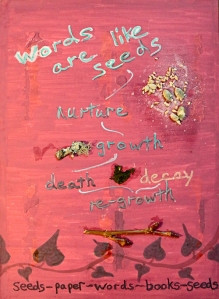Aim: Artists’ books can be anything from a concertina fold to a professionally bound volume or an old textbook with sheets stuck in.
Research artists’ books as a form of artistic practice. Hans Peter Feldmann, Wolfgang Tillmans, Sol de Witt, Eileen Hogan and Arnaud Desjardin are just some of the artists who have worked in this way. The Chelsea School of Art has a collection of about 3,500 artists’ books established by Clive Philpott, an expert on the subject. The collection includes concrete poetry, European and American conceptual works and contemporary British artists.
Review your research and, perhaps taking an idea from your existing sketchbook work, create an artist’s book about something which elapses over time.
Look at the drawings which Sandro Botticelli made to illustrate Dante Alighieri’s The Divine Comedy. Dante’s journey through the three realms of the afterlife is depicted visually with breathtaking vitality and ingenuity.
Method: Your research should have opened up innumerable possible routes to completing this exercise. There are plenty of instructive tutorials on the web if you want to try something more traditional or to investigate the potential use or misuse of the craft skills of book binding:
http://www.youtube.com/watch?v=aWHkY5jOoqM&feature=channel&list=UL
http://www.youtube.com/watch?v=ue52htX3j0k
http://www.youtube.com/watch?v=Mgg0lQP8Ytw&feature=channel&list=UL
Remember, though, that an artist’s book can just be a reworked found object, or a simple fold of paper.
Reflection: Next, reflect on yet another aspect of time as you experience what it’s like to lose yourself in the concentration required to work in a very highly focused way.
Project ideas:
As well as checking out the online videos above, I looked at the University of Kent Bookbinding Workshop videos by Tina Lyon on: https://research.kent.ac.uk/artistsbooks/how-to-make-an-artists-book/#
I also investigated the artists listed in this .pdf document: artist’s books – source material
My final decision, however, was to make use of an already found object in my possession. The research for this can be found in this .pdf document: drawing 2 part 5- project 2 – an artist’s book – project ideas
Process – preparatory work:
Having absorbed all of the research information, my decision was to forego attempting to create my own ‘new’ artist’s book using bookbinding techniques. Rather, I chose to re-purpose a found object – an old leather-bound photograph album from the late 19th century that had been in my possession for many years:
After removing the many family photographs from its pages, I began the process of re-working the bound volume for its new purpose of becoming my first ever Artist’s Book:
The bound photograph album had 18 boards (36 pages in total) and after cleaning them up I reduced the number of pages by joining two boards together, resulting in 9 boards. Between each board is a sheet of coloured card, ready for content and I coloured the boards using Posca ink pens:
Using an old wooden painter’s palette I marked out the letters ‘artist’s book’ in lower-case.
My artist’s book:
I used relief outliner paste to highlight the letter and bolted the title panel onto the leather front of the album.
I pasted a record of where the original album had come from in the inside of the front cover – a bookseller’s shop in the Trongate area of central Glasgow at the turn of 19th/20th centuries. The photograph album came into my hands in the 1970’s, purchased from a street trader in Paddy’s Market just round the corner from where the album originated in the Trongate.
Reflection:
This project took me around three weeks in total to get the original album prepared, to accumulate the content and then to populate the pages and complete it to my satisfaction. As a first attempt at making an artist’s book I am pleased that it turned out as I had imagined it – it has a backstory and it is also a collected memory of what my garden’s found winter objects mean to me.
Stuart Brownlee – 512319
9 January 2019






